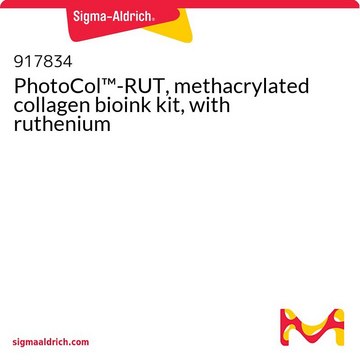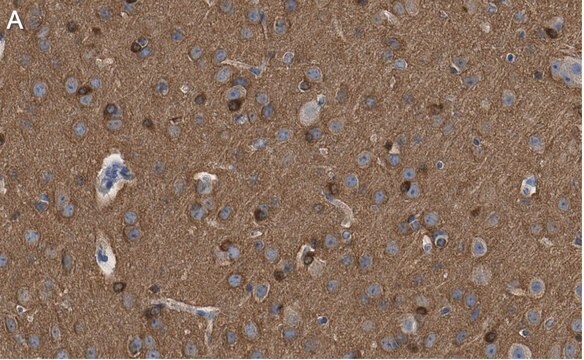916293
PhotoCol™-LAP
methacrylated collagen bioink kit, with LAP
Synonym(s):
3D Bioprinting, Bioink, Collagen
About This Item
Recommended Products
description
Methacrylated collagen:
Degree of methacrylation ≥ 20%
Product components :
Quality Level
sterility
sterile; sterile-filtered
form
liquid
impurities
≤10 EU/mL Endotoxin
storage temp.
2-8°C
Application
Legal Information
Storage Class
10 - Combustible liquids
Choose from one of the most recent versions:
Certificates of Analysis (COA)
It looks like we've run into a problem, but you can still download Certificates of Analysis from our Documents section.
If you need assistance, please contact Customer Support.
Already Own This Product?
Find documentation for the products that you have recently purchased in the Document Library.
Our team of scientists has experience in all areas of research including Life Science, Material Science, Chemical Synthesis, Chromatography, Analytical and many others.
Contact Technical Service








